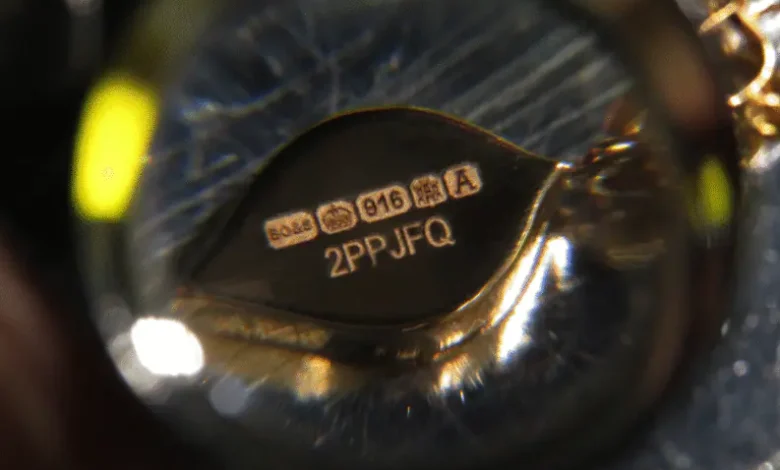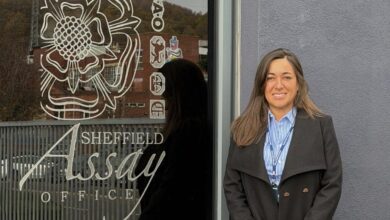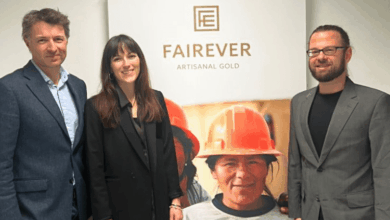Edinburgh Assay Office launches ‘Hallmarking 2.0’ digital pilot
The approach is designed to improve transparency, support ethical sourcing, deter counterfeiting and streamline resale and insurance valuations

Register to get 1 free article
Reveal the article below by registering for our email newsletter.
Want unlimited access? View Plans
Already have an account? Sign in
The Edinburgh Assay Office (EAO) has launched Hallmarking 2.0, a proof-of-concept project to bring hallmarking into the digital era by linking it with blockchain technology and Digital Product Passports.
The new scheme creates a unique physical and digital identifier at the point of hallmarking, allowing each item to be tied to a verified digital record.
This record enables chain-of-custody tracking from raw materials to finished products, with details accessible to consumers via a QR code at the point of sale.
Developed with technology partner Everledger, the system creates a blockchain-based “digital twin” of each item, recording data such as the origin of metals, gemstone certification, hallmarking details and retailer sustainability disclosures.
The approach is designed to improve transparency, support ethical sourcing, deter counterfeiting and streamline resale and insurance valuations.
The pilot, which will run through 2025 before being extended to further jewellers and collections, is being launched with London jeweller Purejewels by Bhanji Gokaldas, whose Lotus Collection will be the first to feature Hallmarking 2.0.
Scott Walter, chief executive and assay master at EAO, said: “Hallmarking has always been about traceability and trust. Hallmarking 2.0 builds on this tradition for today’s global market, where consumers want to understand the origin of their jewellery and its impact on the planet.”
Jayant Raniga, chief executive of Purejewels, added: “We welcome Hallmarking 2.0 as a progressive step that strengthens transparency, reinforces trust and affirms the responsibility of our supply chains.”







